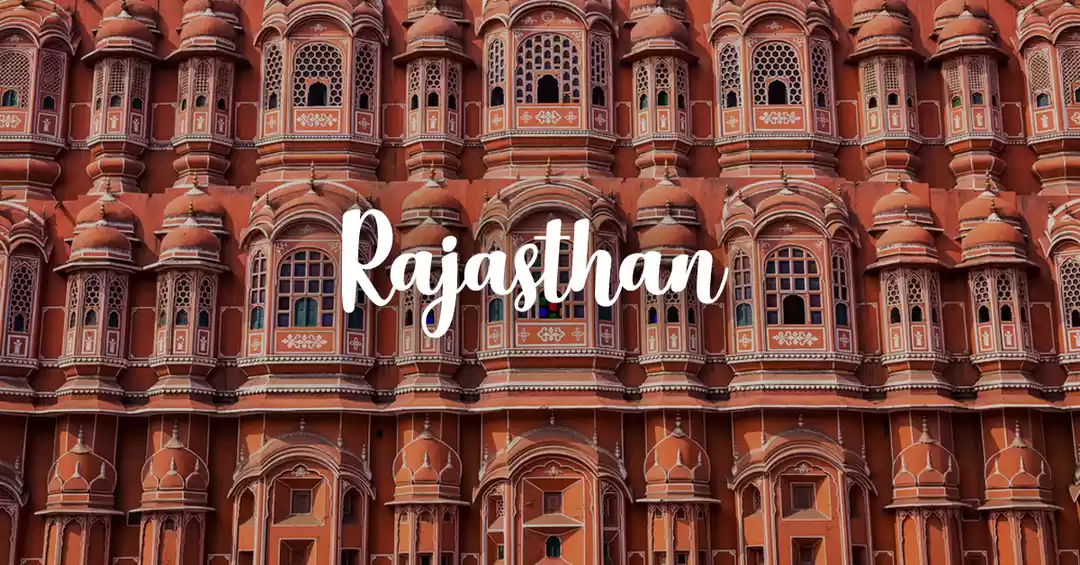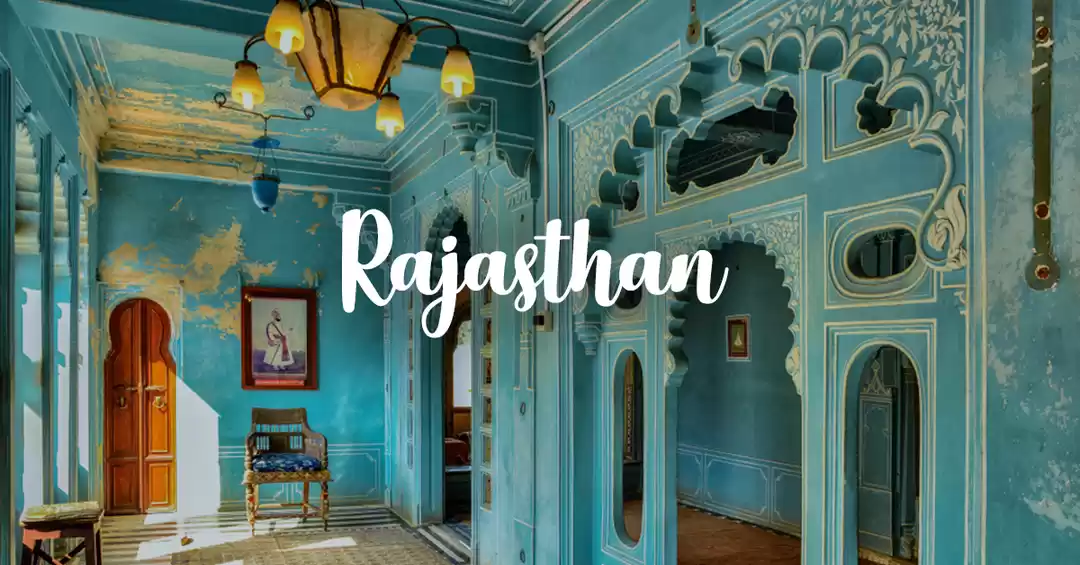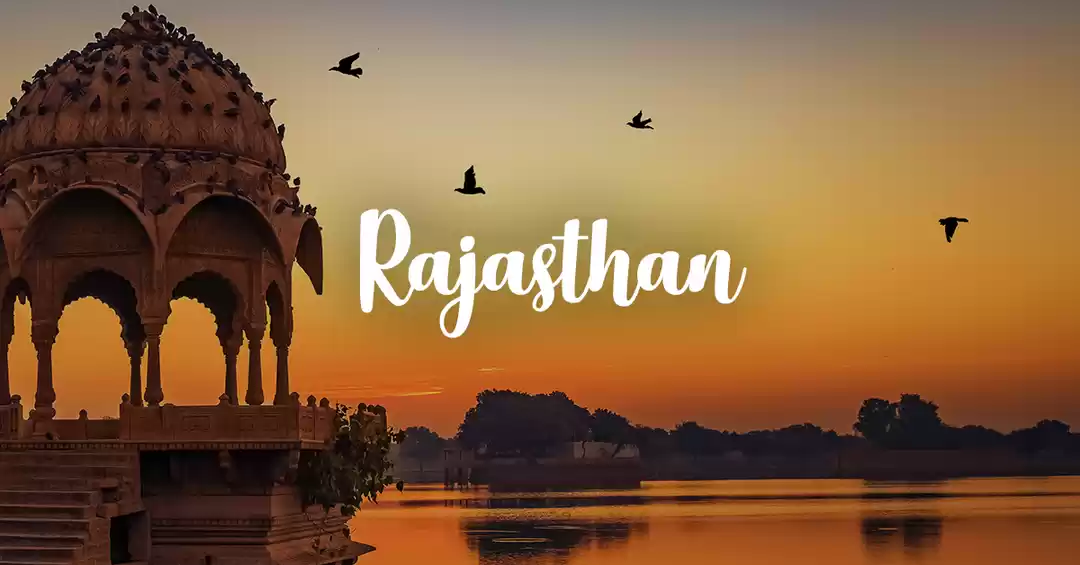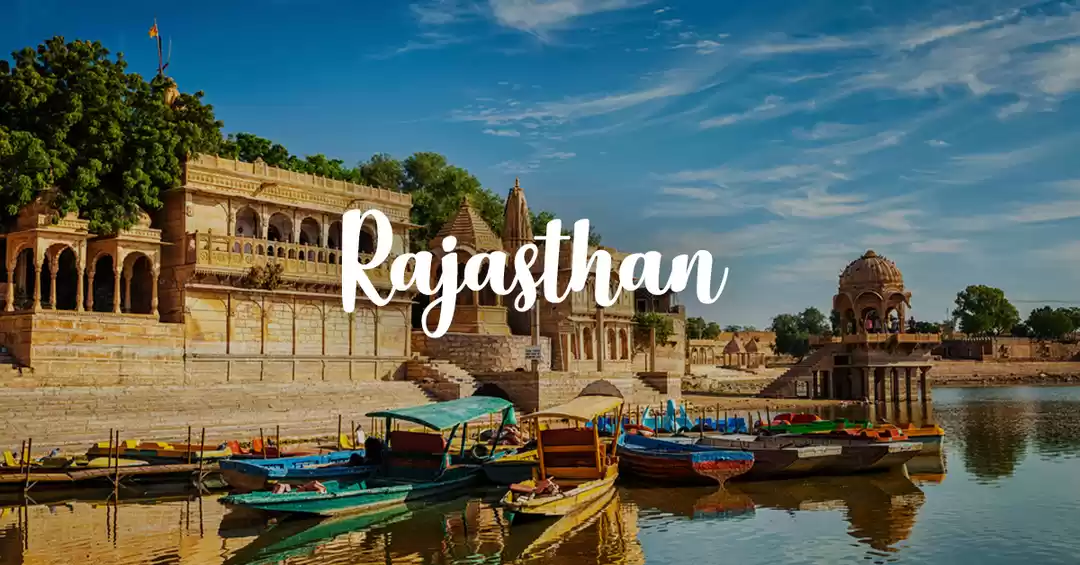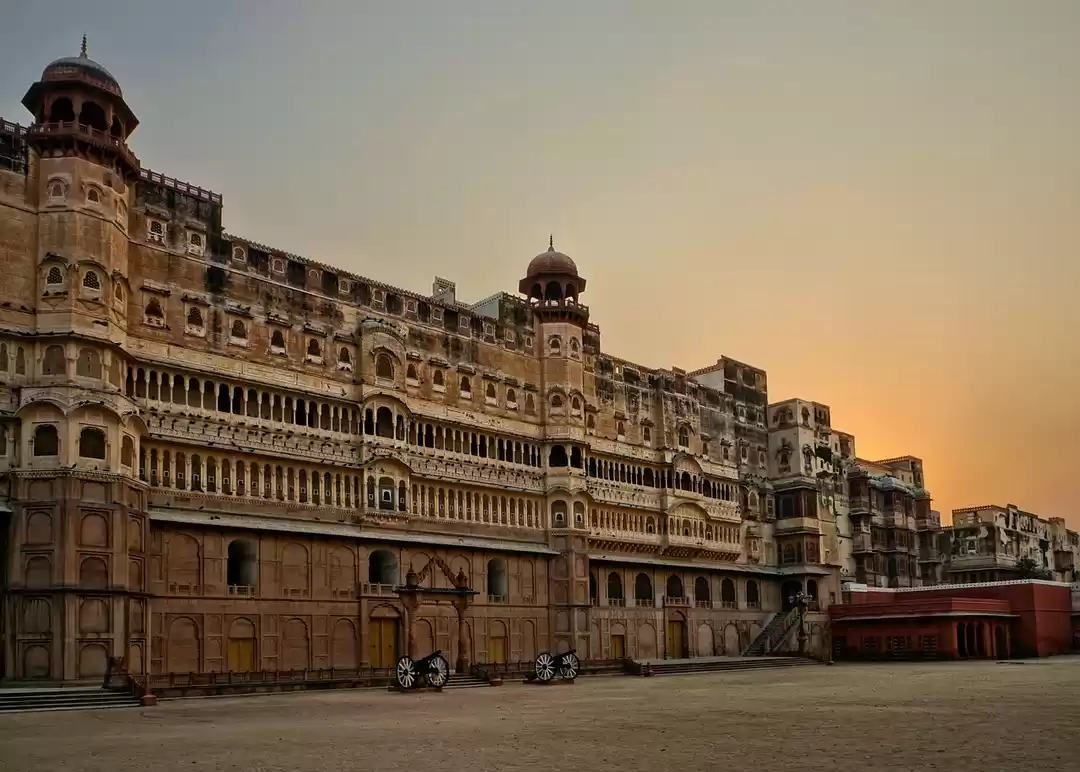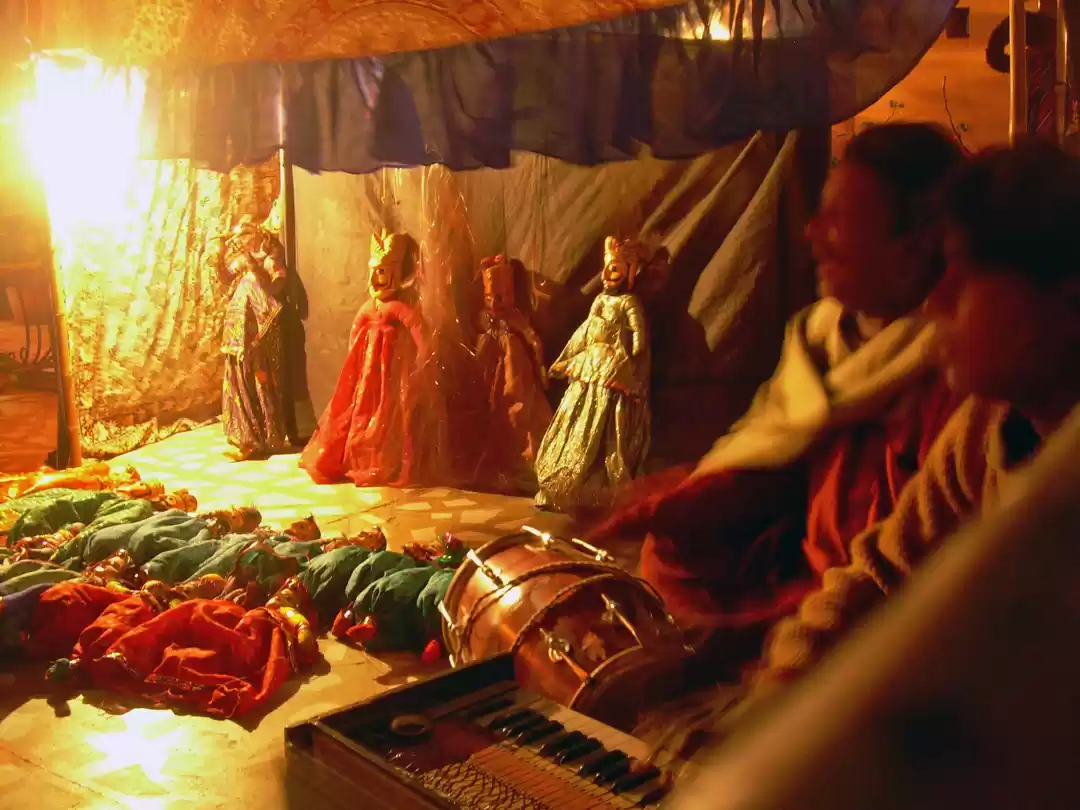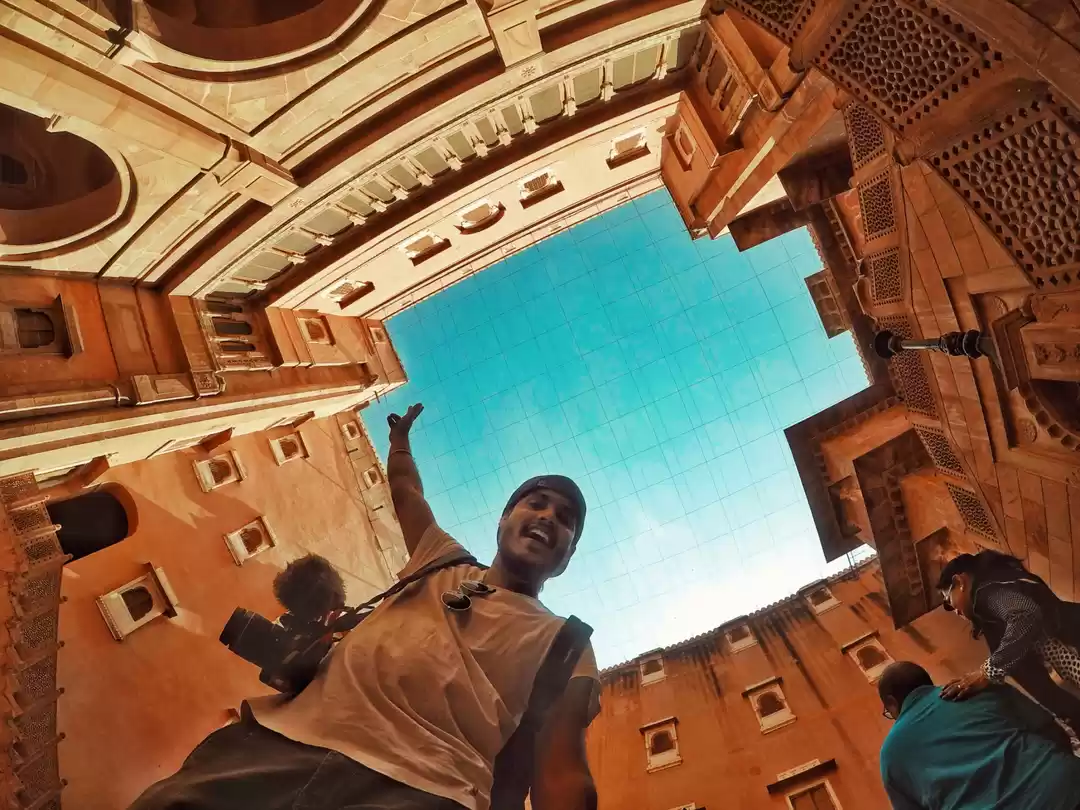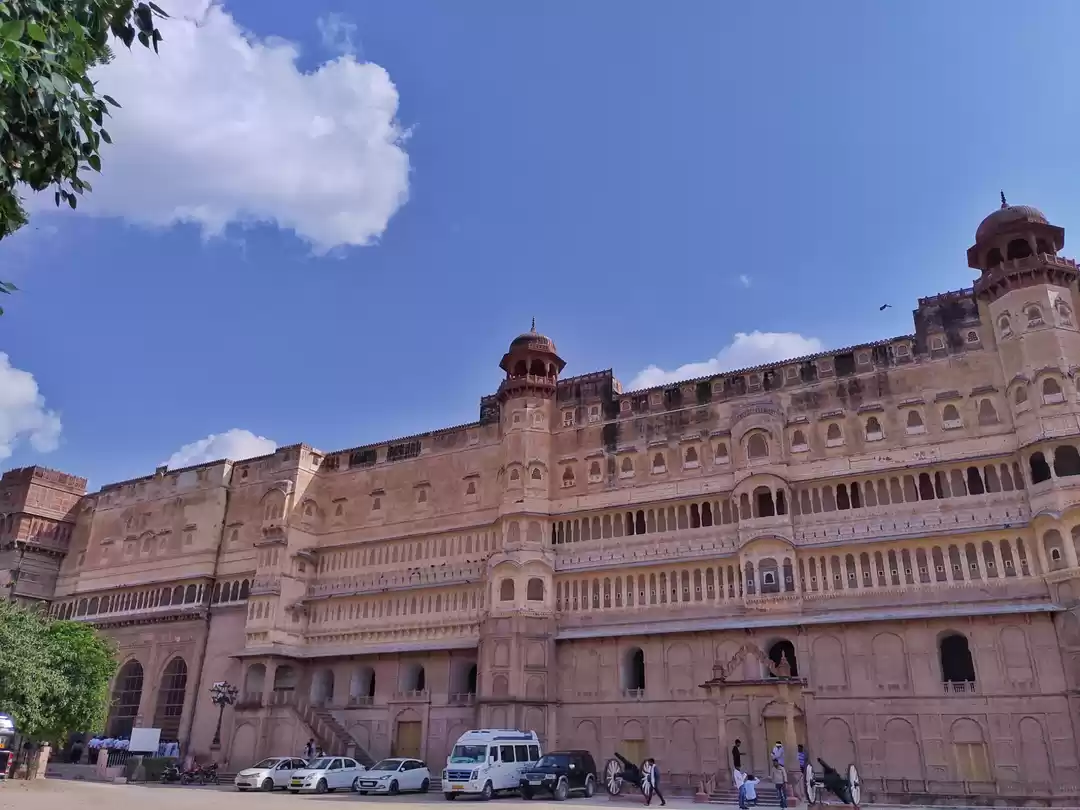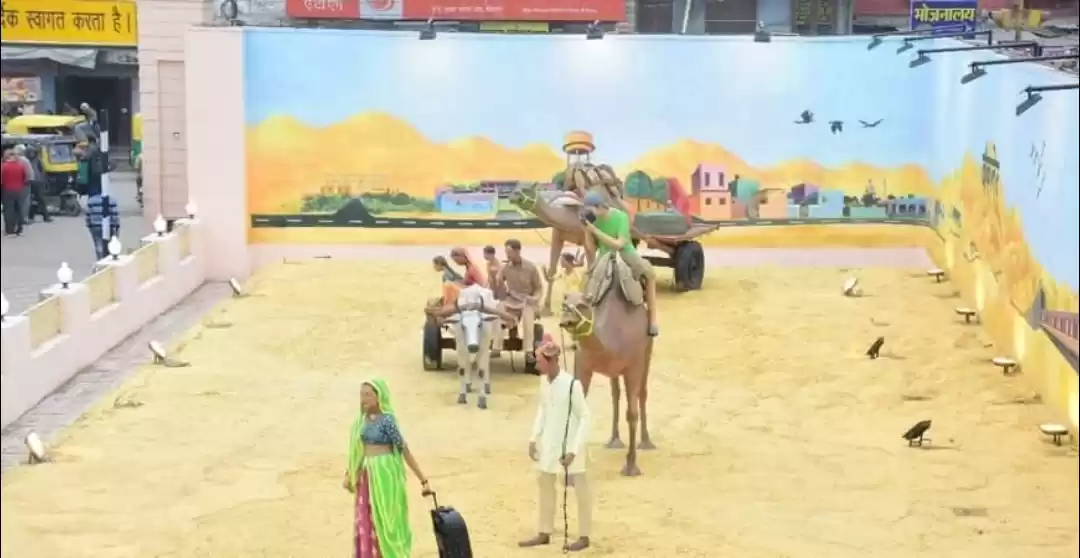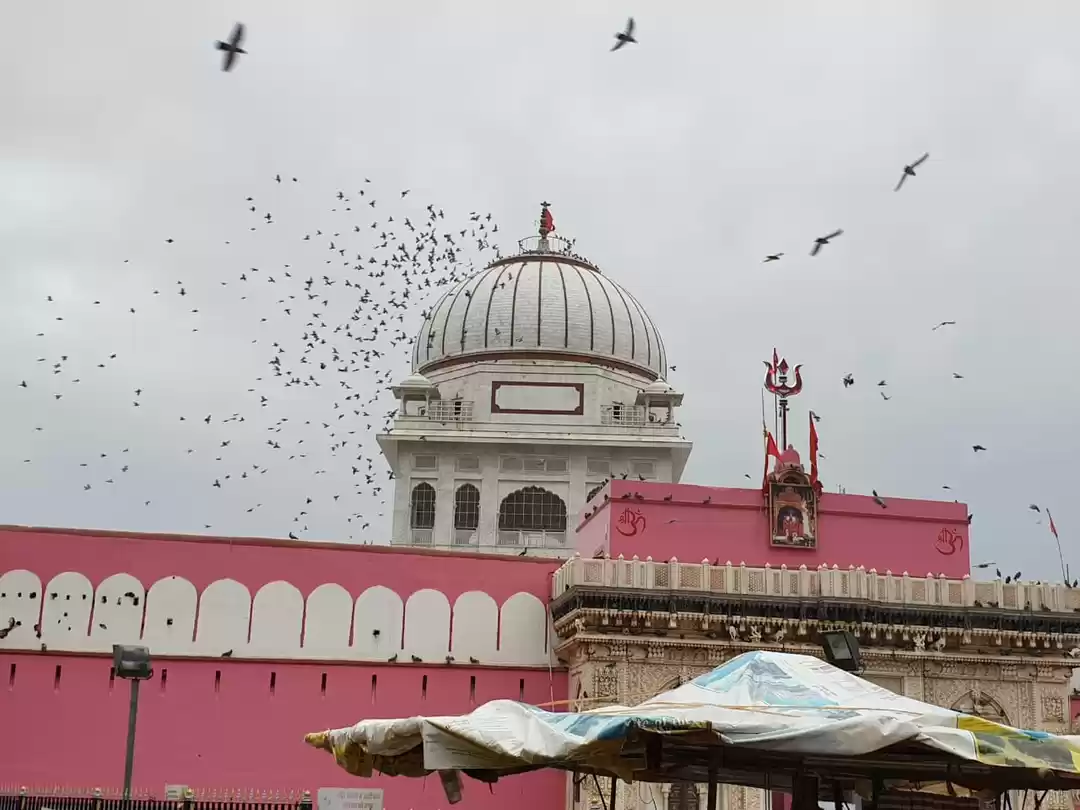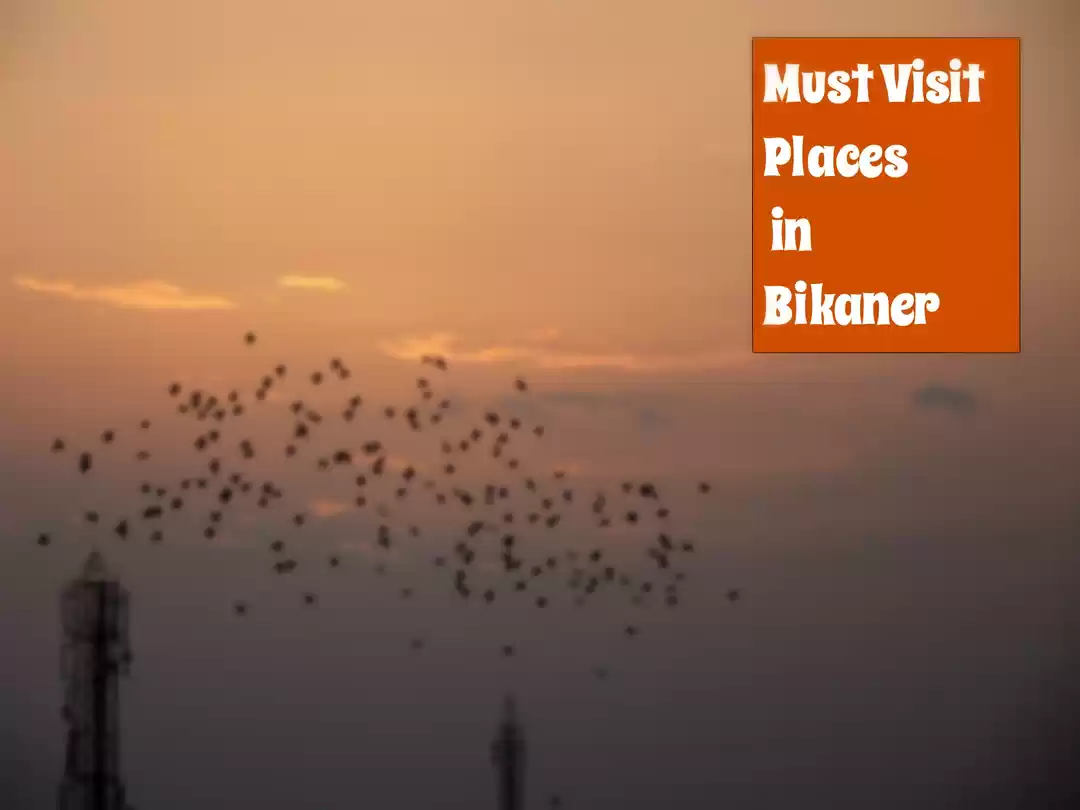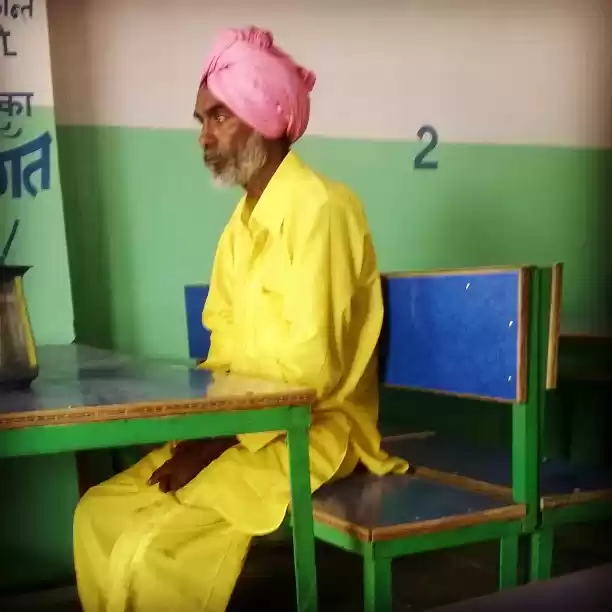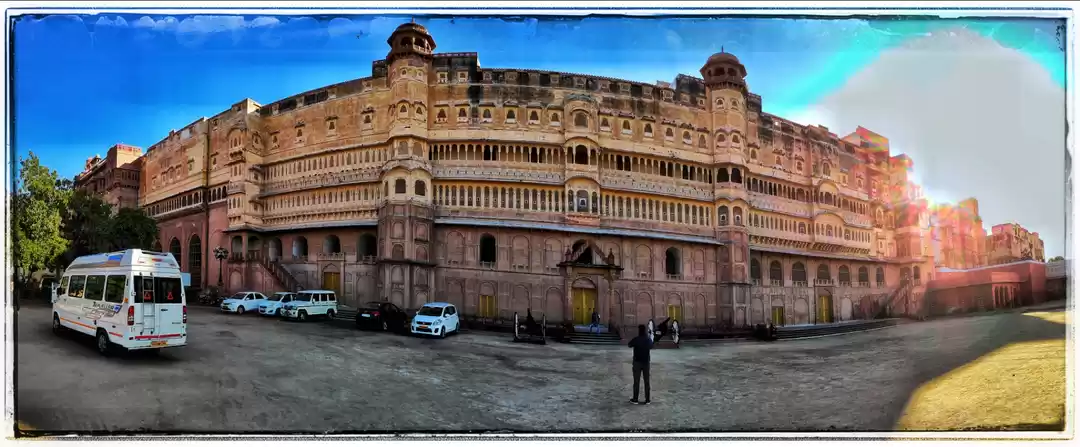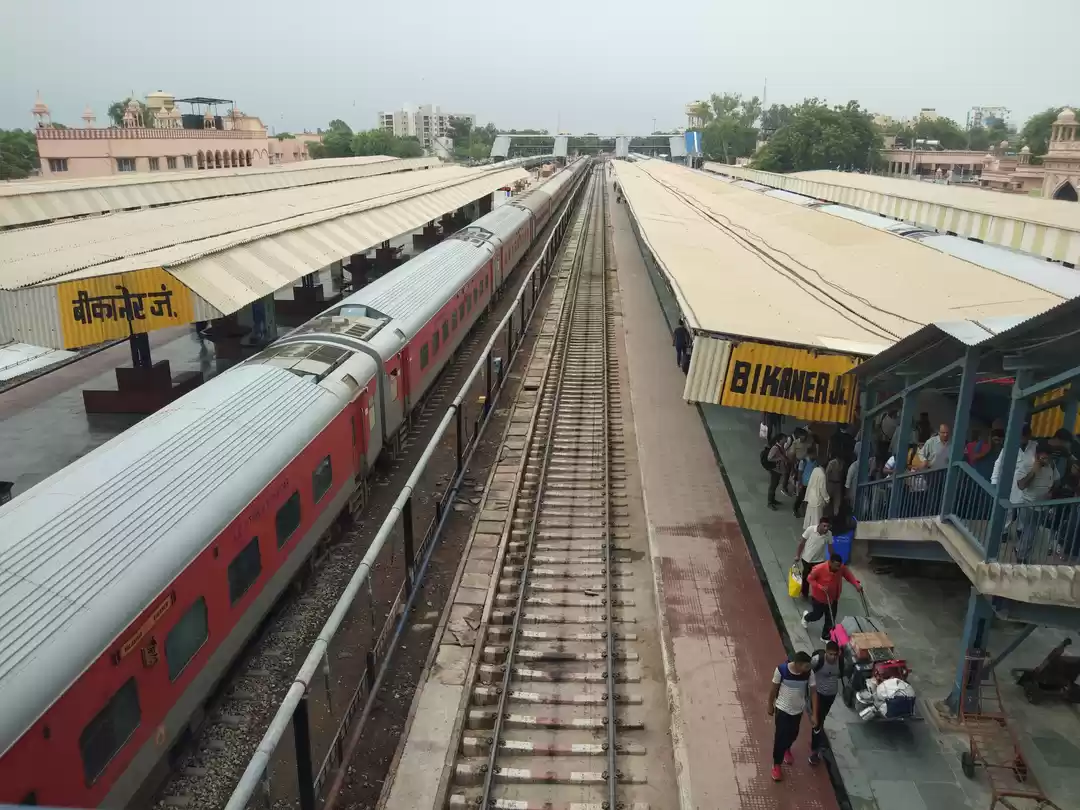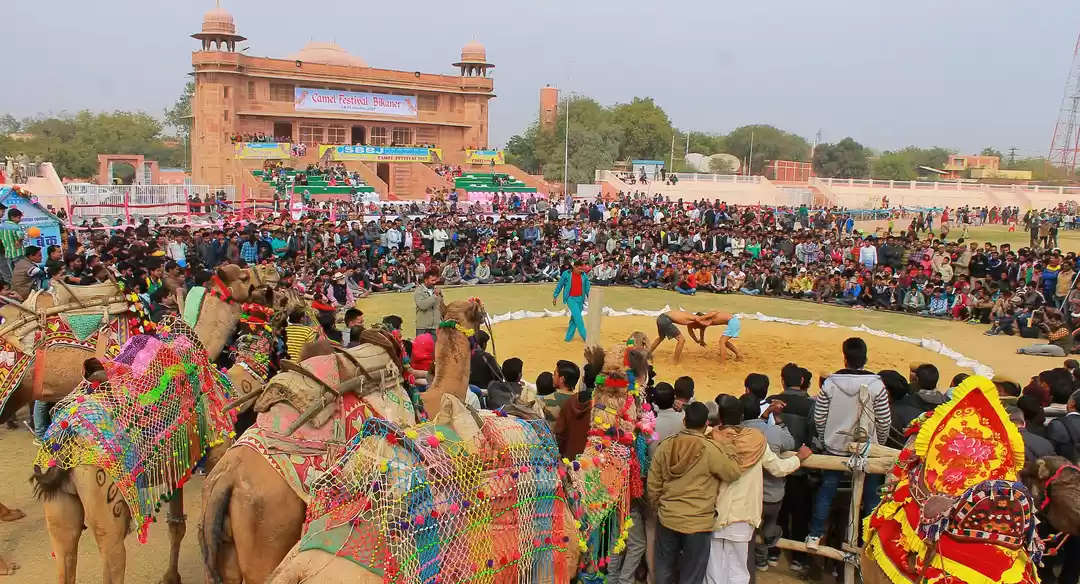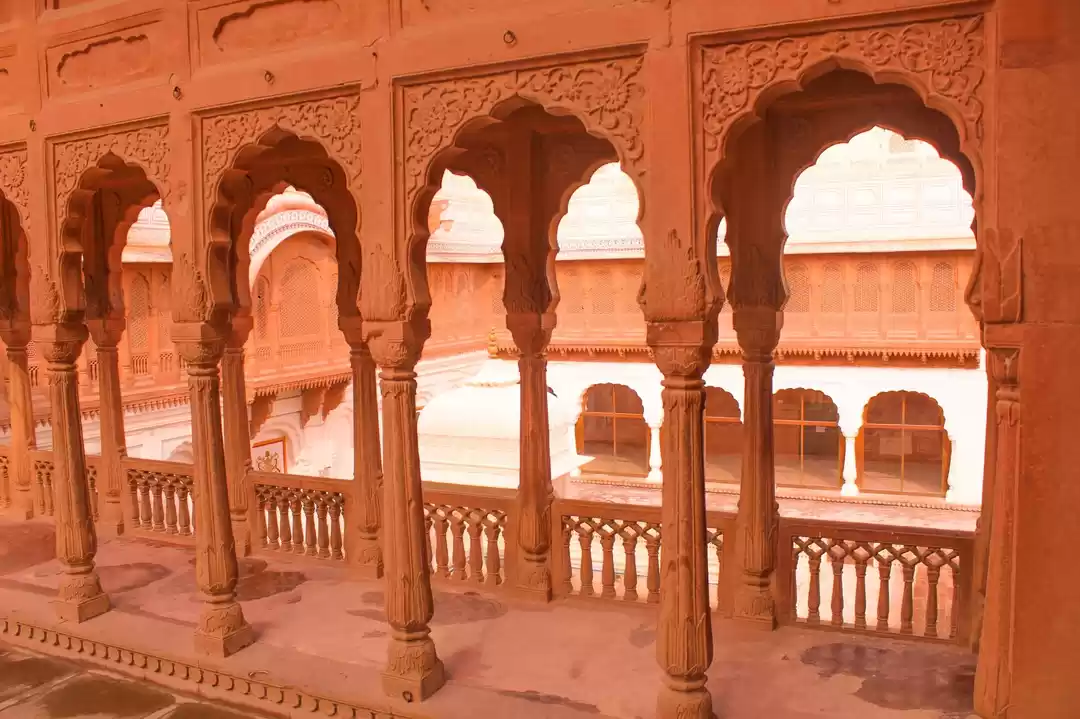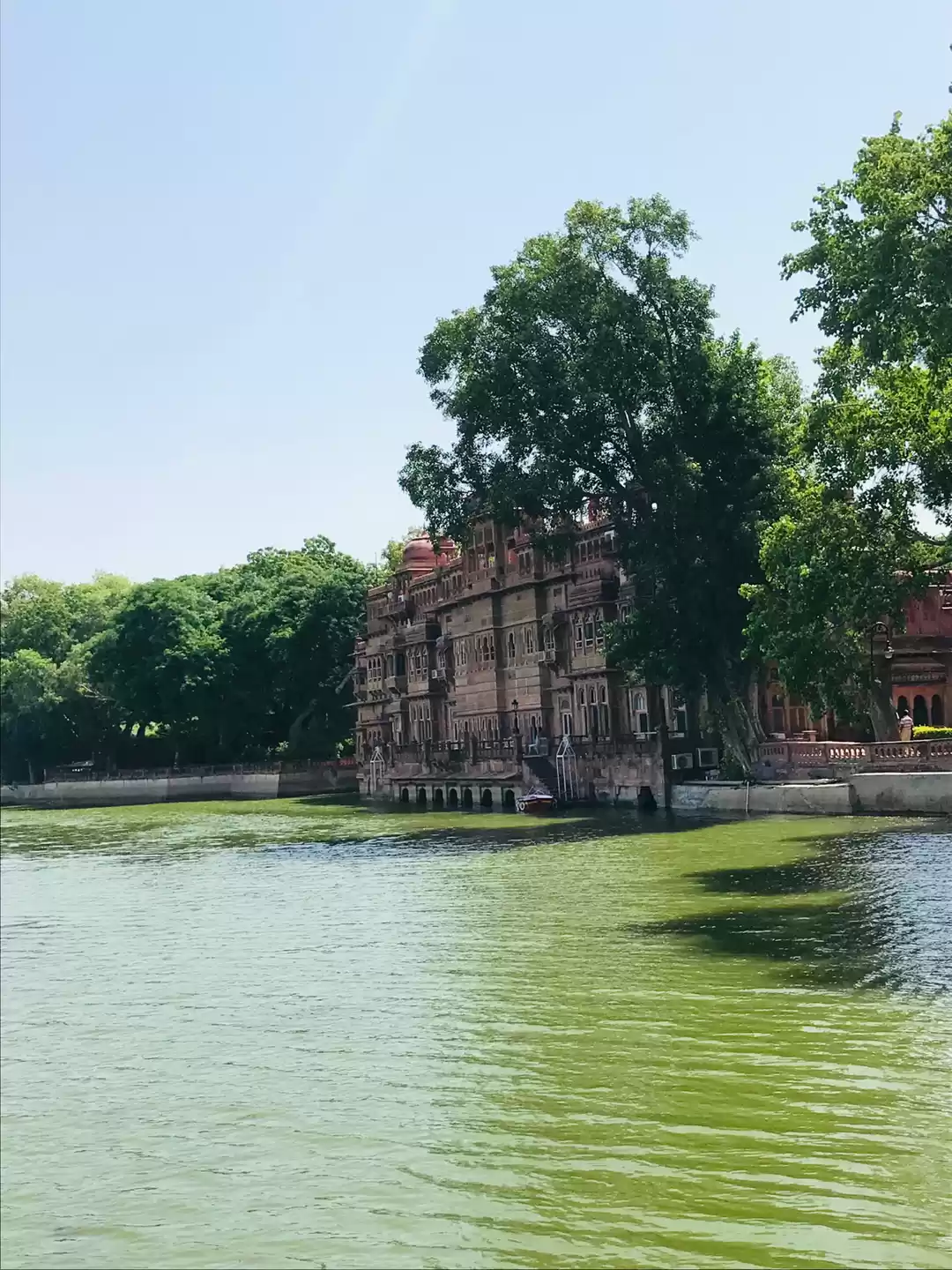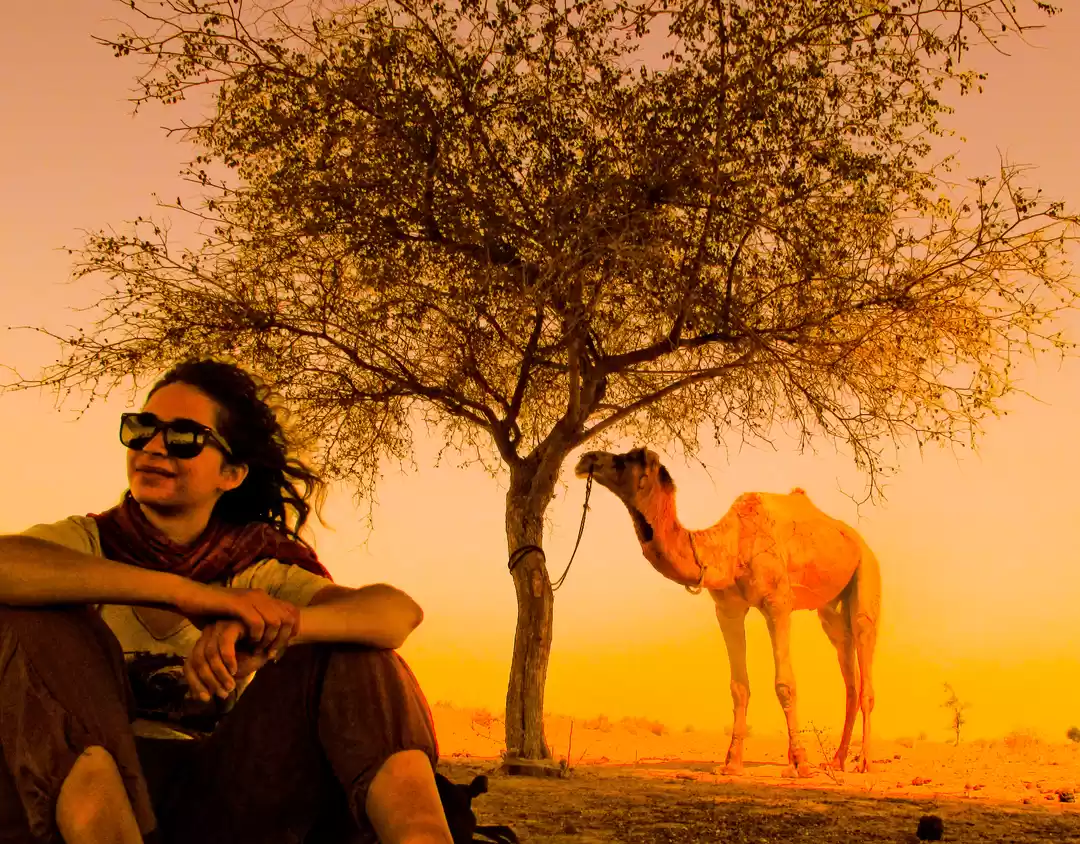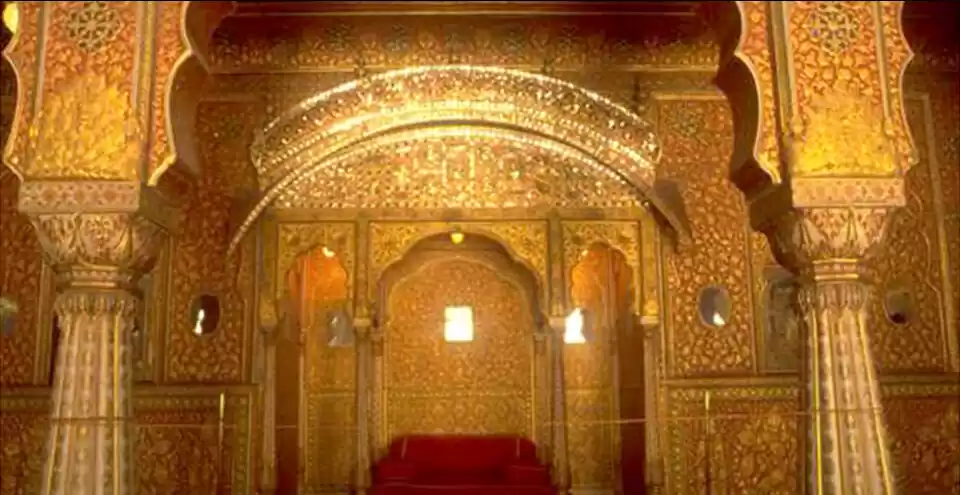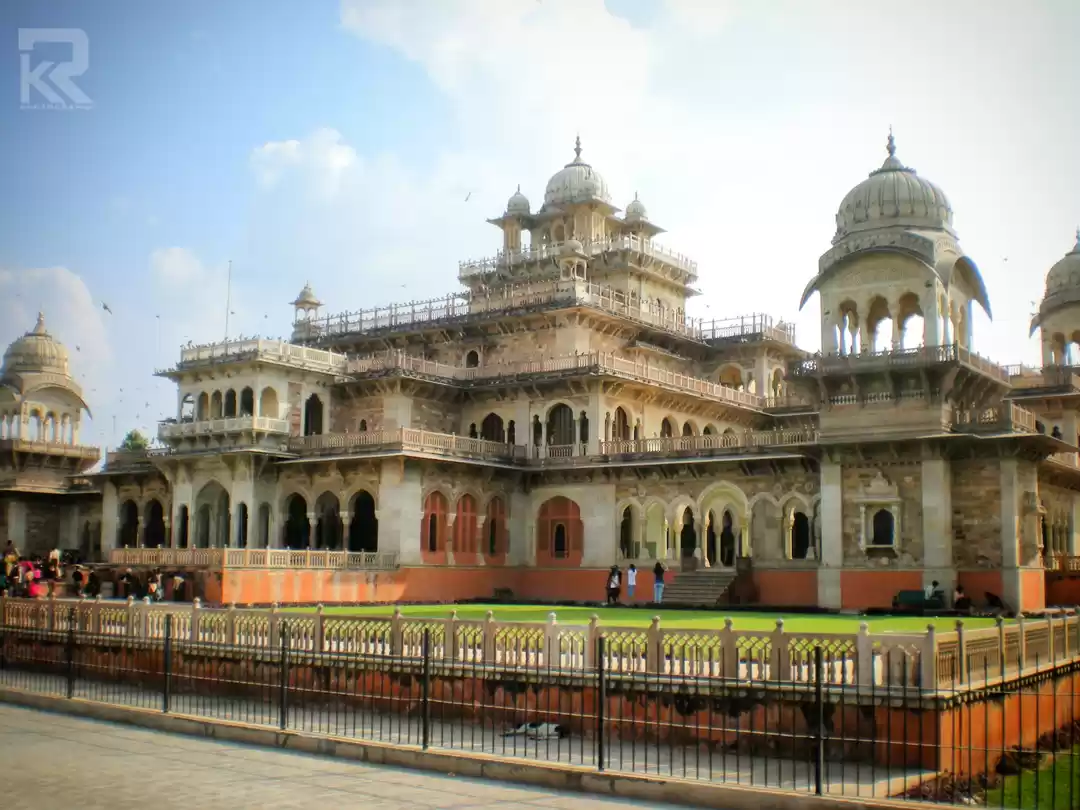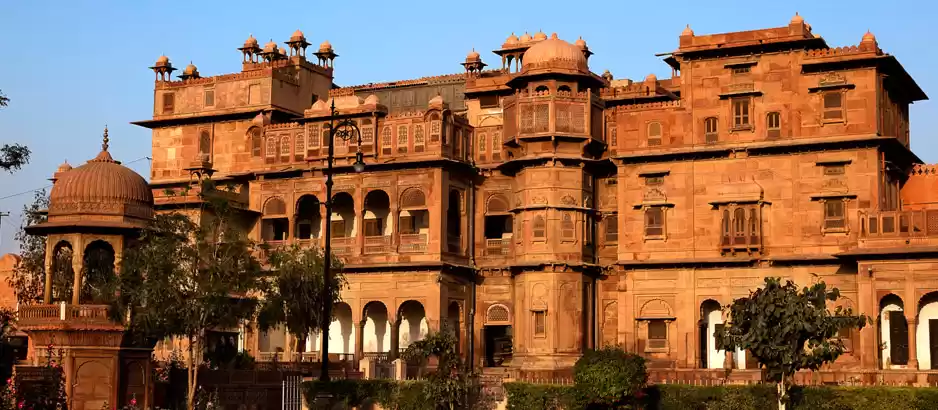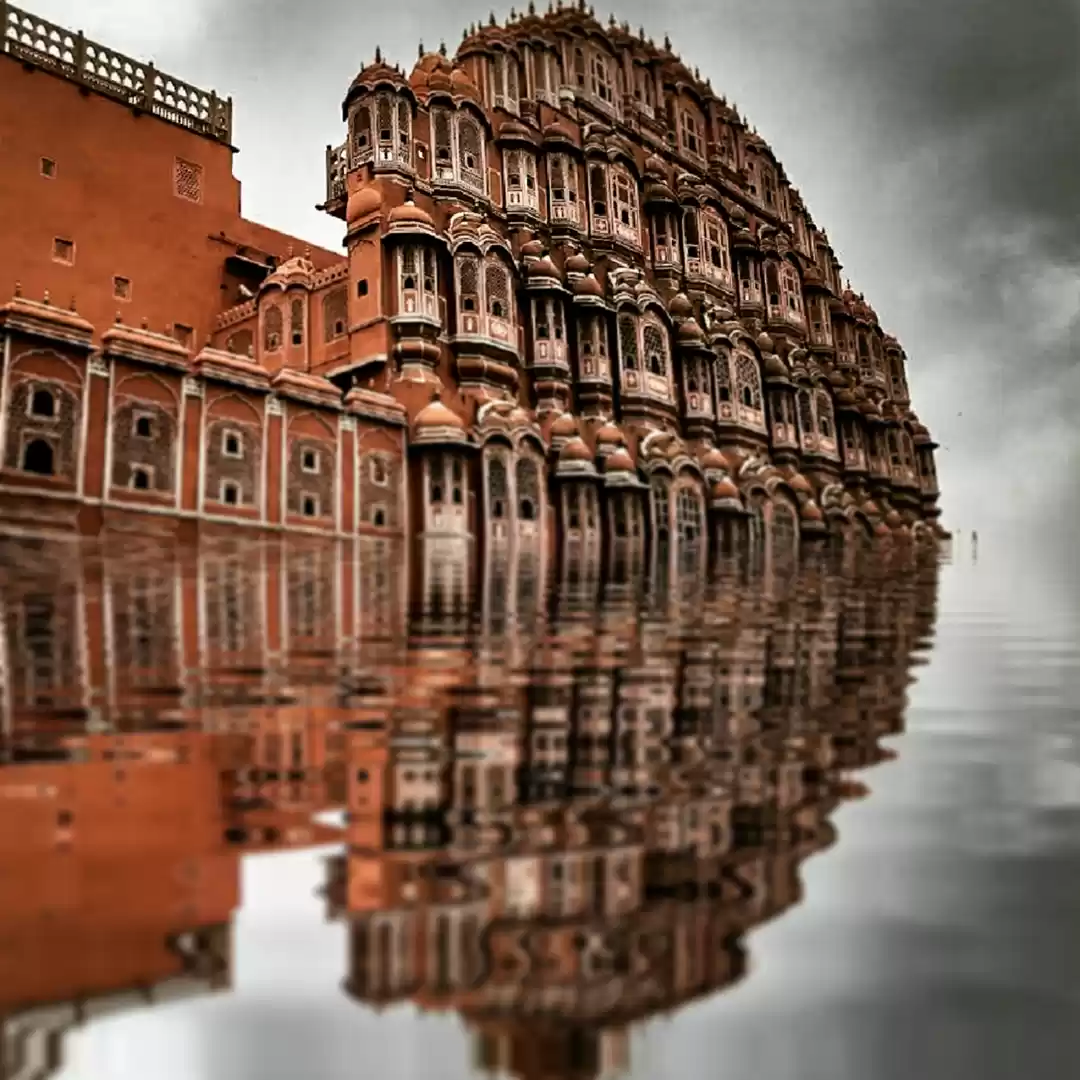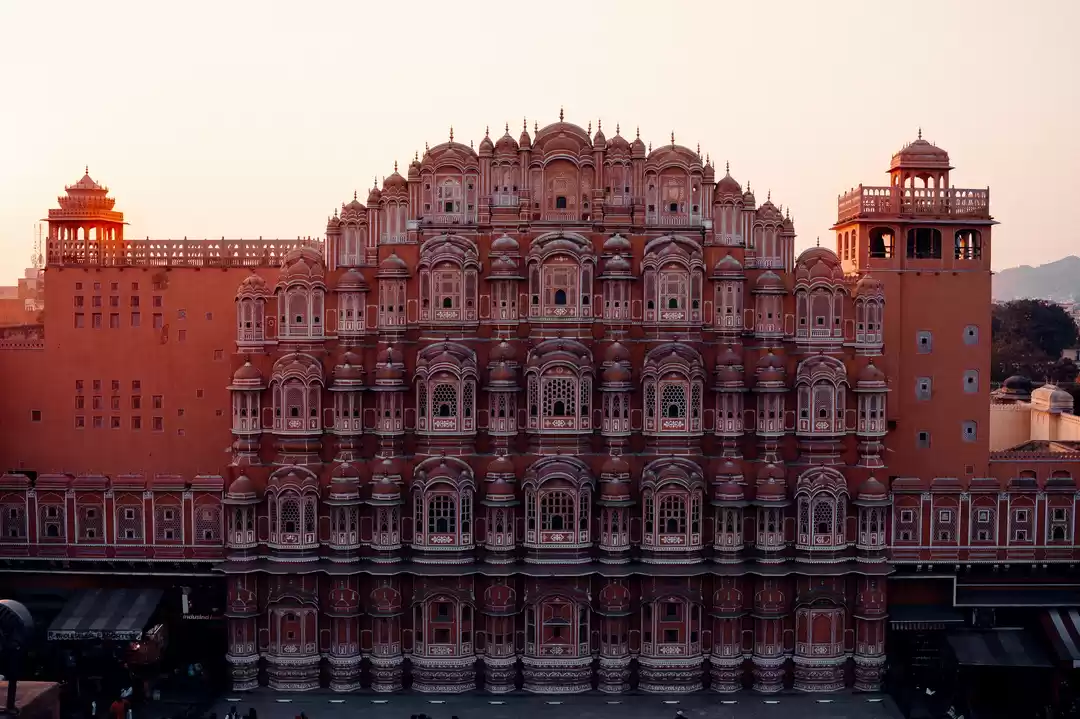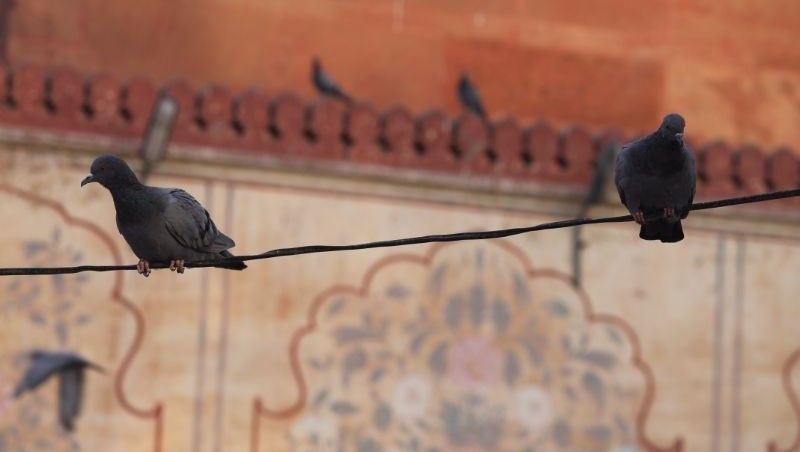
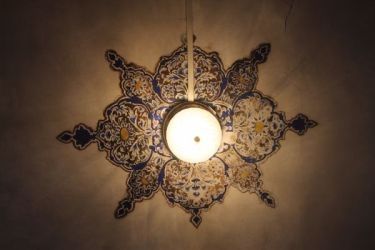
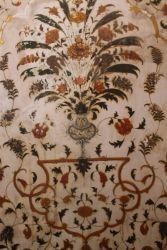
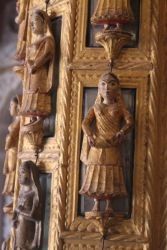
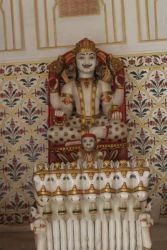
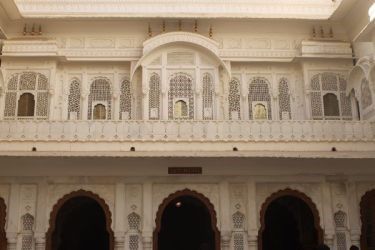
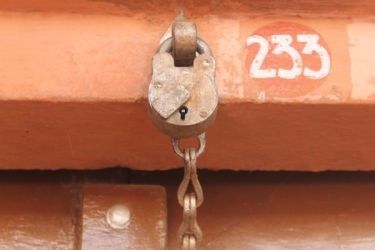
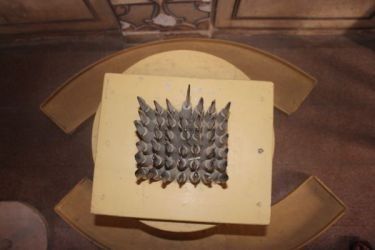
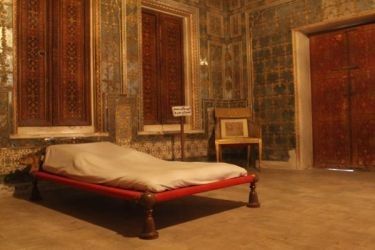
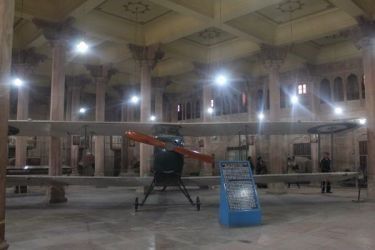
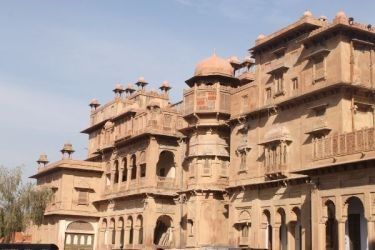
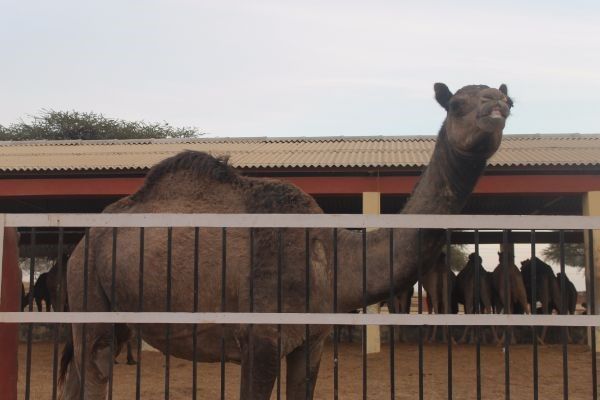
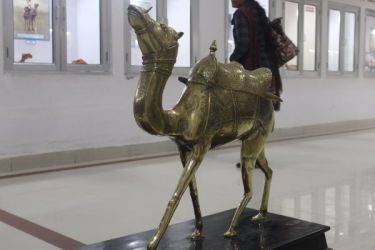
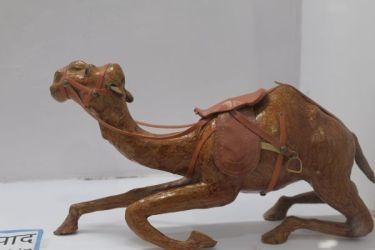
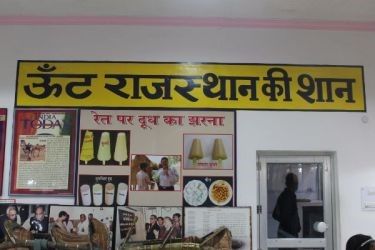
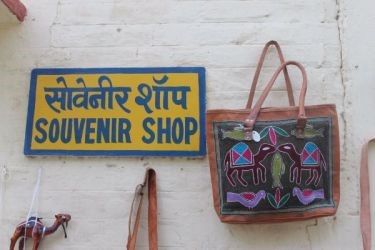
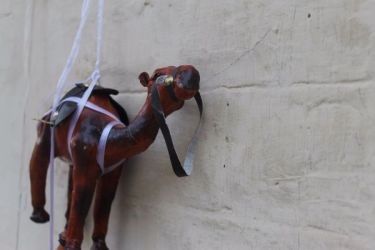
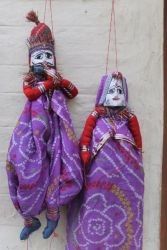
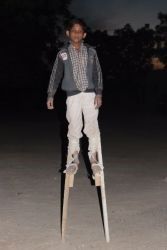
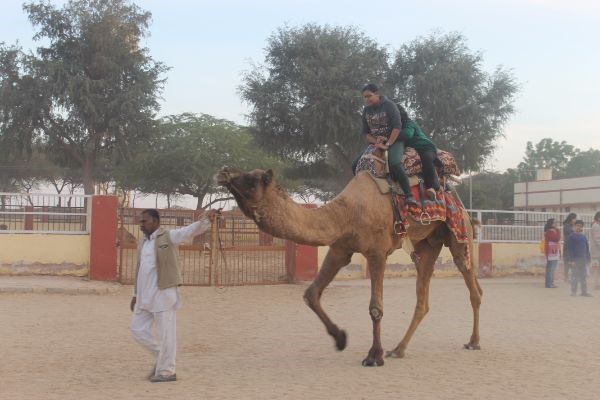
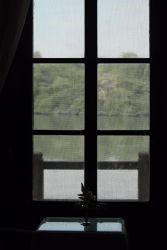
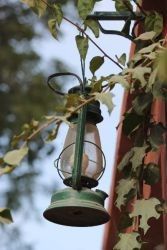
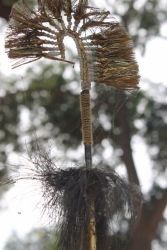
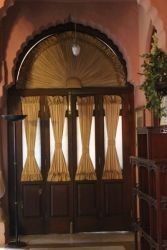
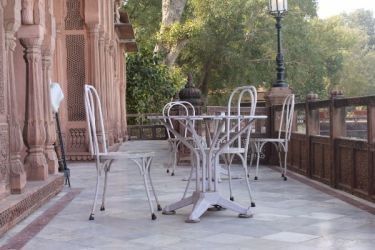
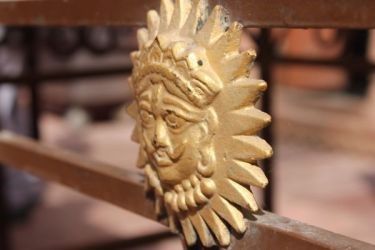
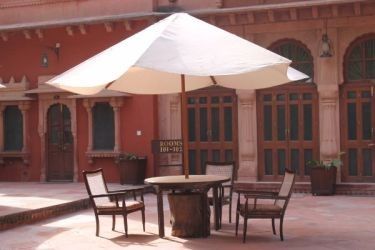
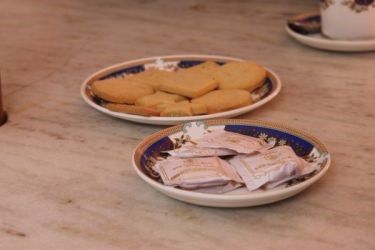
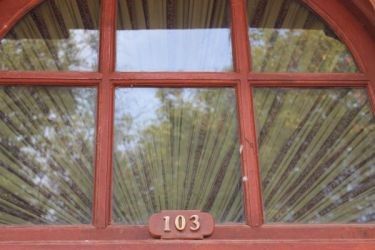
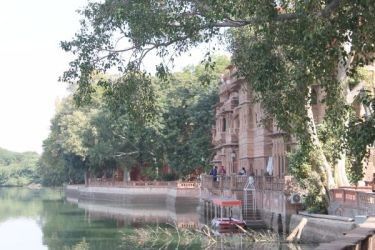
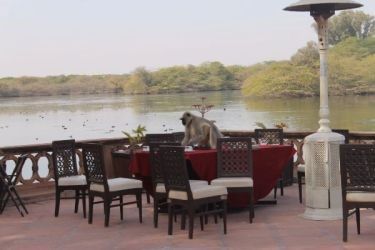
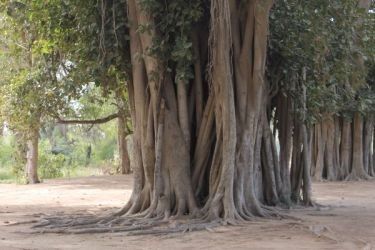
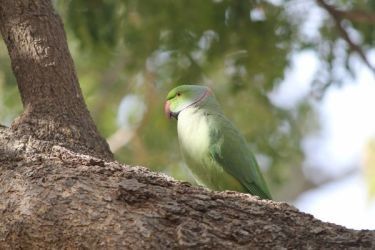
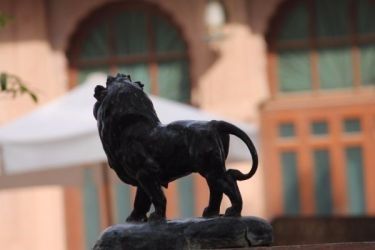
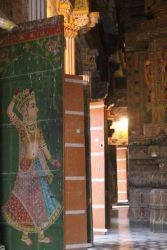
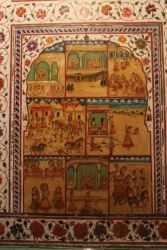
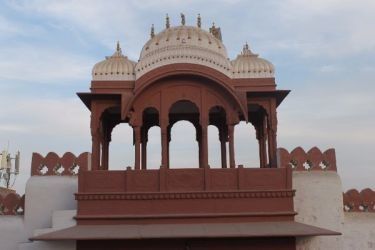
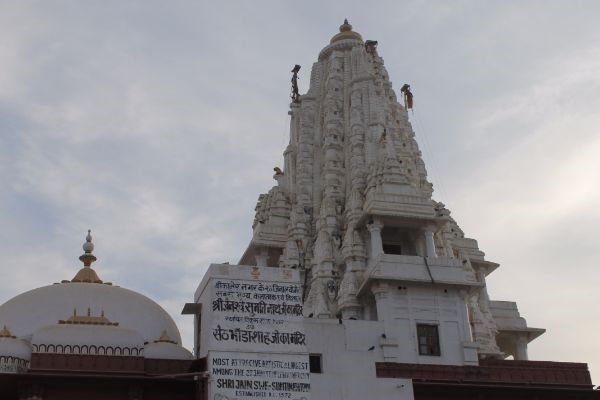
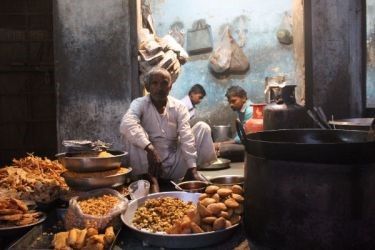
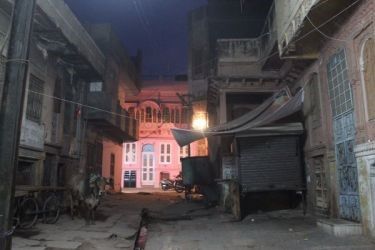
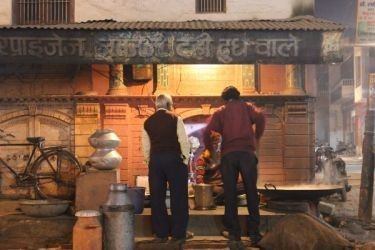
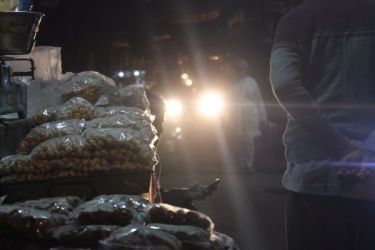
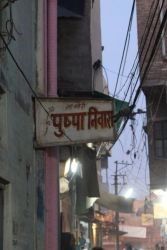
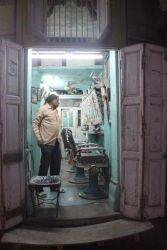
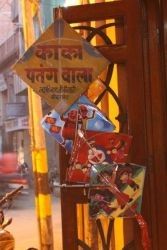
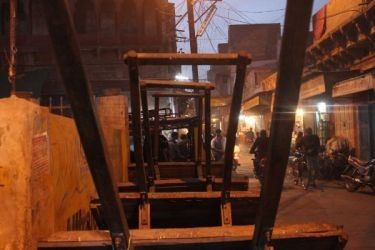
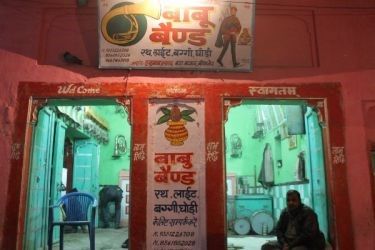
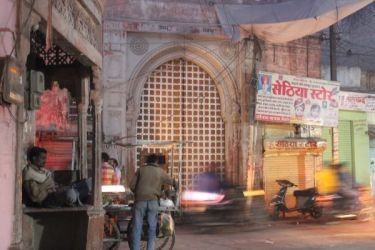
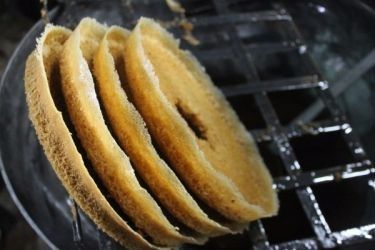
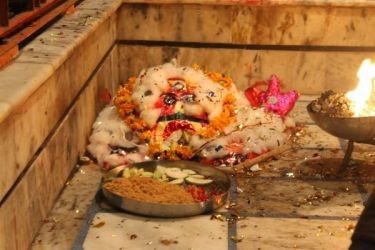
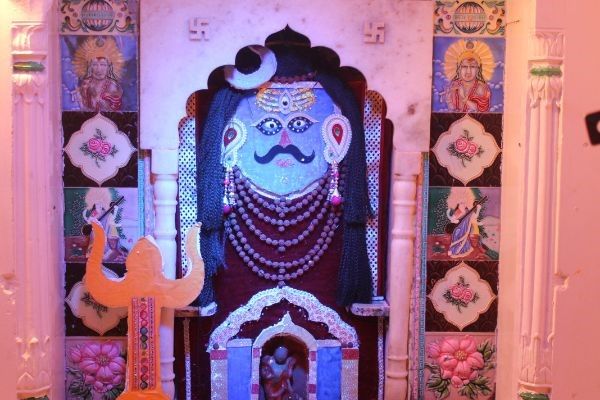
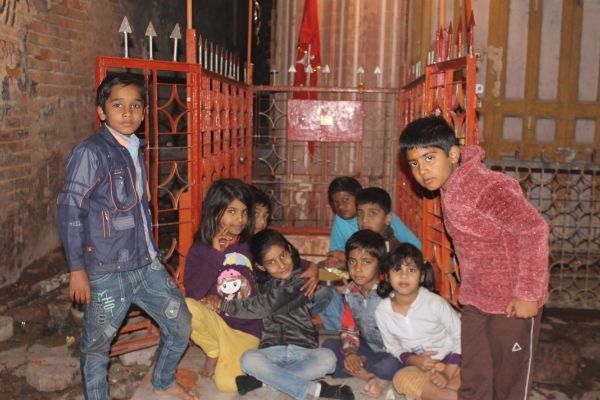
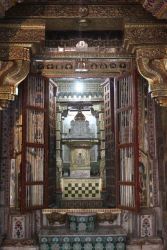

Kudos to Delhi’s geographical location and being the capital of the country, there are not many places in India which aren’t easily accessible from here. Let’s not get started about Delhi and get back to this beautiful small city of Rajasthan, which has some of the highly devoted temples such as, Laxmi Nath temple, where people reach as early as 5 in the morning for the famous Aarti; Deshnok temple, which has hundreds of rats (dragging your feet is the key to survive in this temple) and here, they have this myth that seeing a white rat brings you luck. Most of the Havelis here are converted to resorts. Some of them like Laxmi Niwas Palace, Gajner Palace give you the exact feel of living like a Maharaja. Asia’s biggest Camel farm offers you the sand (probably the first thing that comes to your mind, when you think of Rajasthan) and camel’s milk products too. Junagarh is one of the biggest fort of Rajasthan. In Bada Bazaar or Chai Patti, you can find many houses which look like small palaces that too in very congested and small streets. After all this Bikaner craving, I hereby add Ghewar (sort of sweet Rajasthani pizza) to it and declare the trip open.
Junagarh fort










As we took the car inside the Junagarh fort, we had the feeling of how king would have felt while entering through those big gates and tall walls. Wish we had horses to get in.
Entry was Rs 10 for adults and Rs 50 for the camera. ‘A guide will take a bunch of people inside, if no guide is available, you will have to wait till a guide becomes available’, indeed a very thoughtful initiative, which has two broad benefits, first one being that you can get a good knowledge about the fort and other being that this way the number of people inside at a point of time can be controlled by them avoiding any commotion.
National Research Centre on Camel
National Research Centre on Camel was a one of its kind place, it is also the biggest one in Asia and has got some really interesting things to offer you. First thing you can encounter on the ticket counter itself, ‘tea’, ‘coffee’, ‘milk’, ‘kulfi’, made of camel milk, do try them, they are available at nominal rates, can’t guarantee the taste though. Since the ship of the desert return in afternoon from the desert, the place is opened from 1500 hours to 1800 hours.

Next thing we encountered was the camel museum, where you will definitely feel proud of camels, the intricate embroidery on the skin of camels will give you goose bumps, beautifully done. Then comes the carpet made of camel’s skin, quite rough and tough. Certain decoration items and slippers made up of camel skins were also demonstrated inside the museum. Posters of all the famous camel milk products were proudly hanging in the museum. Lastly a small golden camel statue stood inside the museum to symbolize the greatness of camel. There were small souvenir shops, selling bags, clothes, footwear, etc.







Not very afraid as this was my second camel ride, but had to wait around 30 minutes for our turn, till then explored camel stables, peeping inside them, damn my height. Here comes an interesting myth, if you cross the camel under his belly, your height will increase. One can try and share his experience and give credits to me, if the height increases. Being at a height, finally got the full picture of the camel reserve. It must be so difficult for these camels to sit and stand, just for our fun.

Evening Snacks in Market
Grabbing snacks in the local market is always fun. The Rajasthan style Idli, Marwari Idli was an Idli served with imli (tarmarind) chutney and chilli over it, nice khatta-meetha taste. Next was sewda curry, which had big besan made namkeen dipped in curry, had it with bare hands. Last was the awesome Maalpua, with a rabri over it, felt like stars in my hungry stomach. Nature’s ice cream parlour had a very unique paan ice cream, which one should not miss. Adding some road side fish pakoda with tinge of masala over it made my day. No dinner after this.
Gajner Palace
Laziness took over us in the next morning despite a plan to visit Laxmi Nath Temple, where the famous Aarti takes place in morning. Instead, after grabbing some Aaloo Parantha, we landed up in Gajner Palace, which is around 30km from the city. The red-colored cemented fence and greenery around was a welcome treat to our eyes, full on royalty indeed. We thought that this would be like some Palace but they had turned this into a resort, little disappointed but that’s what reality is nowadays. Super heavy entry fee of Rs 250 for a small walkthrough across the Palace, with a cup of chai or coffee and some biscuits. The guide took us inside a small chain of interconnected rooms, a living room, a bed room and a vast balcony with a lake view. The rooms were beautifully light up.

Then there was a place inside the palace, from where the first train started in Bikaner. The best scene in the Palace was when our guide showed us a sample suite of the palace, seeing which the tourists literally went mad, especially while seeing the washroom (“Itna bada bathroom, cheenu ke papa…”). The view from the room was simply breath-taking and a fireplace was built inside.There was a Masjid inside the palace which was beautiful. Big lawns and gardens were very well-maintained. This 6000 acres of land might have a lot to offer, if you stay inside the resort.














Old Jain Temple
All the Jain temples have some really intricate domes and over here the frame was enhanced by the flock of pigeons, which were flying in and around the temple. When I entered the Jain temple, the first thing I though in my mind was, is it a monastery? The dim lights, stories painted on the wall and statues engraved in the wall were amazing. One could just get lost in his thoughts. The same family of Priests have been serving here generation after generation. The one over there was speaking fluent Spanish and interacting with the tourists, a rare case in India.




Laxmi Nath temple
Next up is Laxmi Nath Temple, ‘NO leathers, NO socks, and NO photography’ board can always let one down. Anyway seeing the devotion of the people there and the rigorous bhajans will keep up your enthusiasm. The big main temple has the idol of Lord Vishnu, and a small puja area. Inside there is a small cluster of temples of Karni Mata and others. Stand there with the bhakts, listen to aartis, sing along and clap.

Bada Bazaar
The next part of the journey was the one I was waiting for long, the local streets of Bada Bazaar. Devoted an hour simply roaming around the streets. House-like-palaces and the khoofia gali, garma-garam snacks, sabji mandi will definitely blow your mind. At a ghewar shop people got all curious about who am I, what I do, why am I doing this? But managed to skim through and get some ghewar pictures.












Met an artist there, Mr Singh Ji, who loved my picture of a temple in the street, he asked me to print and send it over, even took my contact number. I felt like an artist then.

Next was the special one, a bunch of kids, who were sitting in a tiny temple and worshipping Bhole Baba, stopped me to click their pictures, then Bhole baba’s pictures and then also gave me prashad. Such a sweet gesture, the kids were hoping that their photo will come in a newspaper, hope I could do that.

The trip was an experience in its own and for the next time, I plan to go to Lakshmi Niwas Palace and Deshnok and eat more local food. This is the beauty of travelling, you can’t cover everything but you can promise to come again to see the leftovers.
How to reach?
Bikaner is located in the north-western part of Rajasthan. It has good road and rail connectivity from Delhi and from other parts of Rajasthan. It took around 7 hours to reach by the train, 12457/Delhi Sarai Rohilla-Bikaner Express, which you can catch from Delhi’s Sarai Rohilla station and also Gurgaon.
This was my fourth visit to Bikaner, but my first as a fully-fledged traveller. A special thanks to my uncle and aunt, who gave me shelter, homemade food and some awesome travel ideas.





